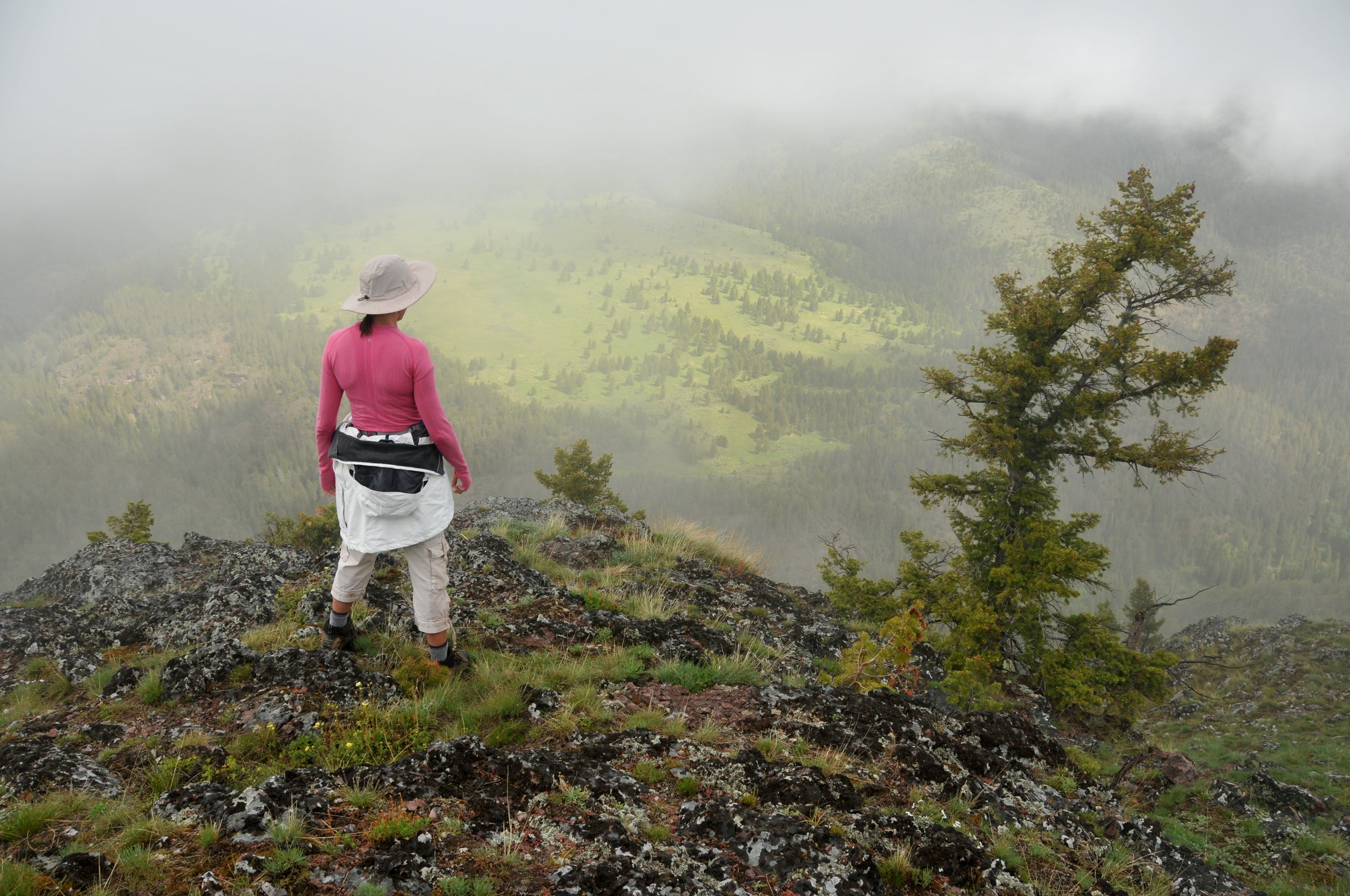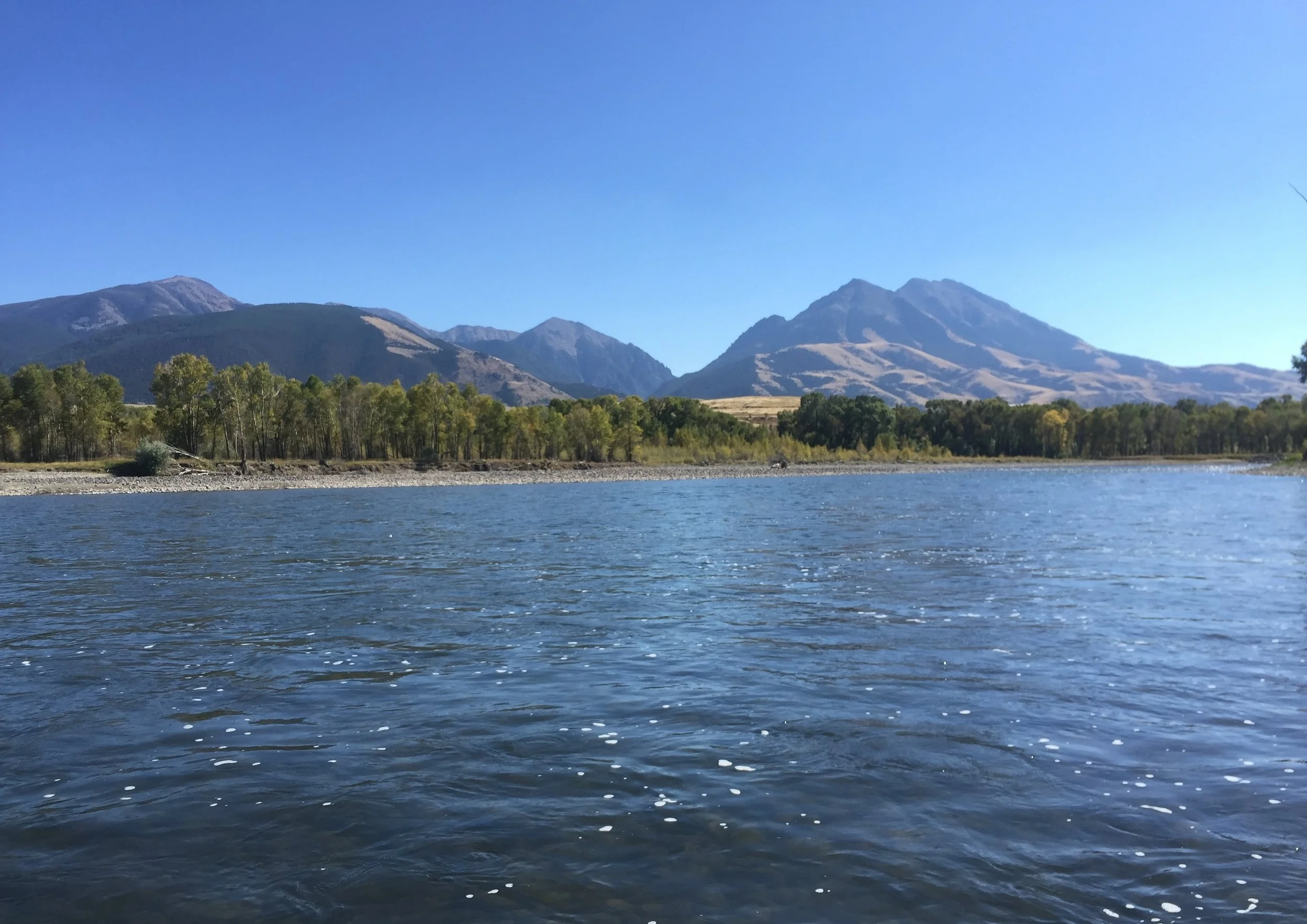The High Divide region of Idaho and Montana straddles the Continental Divide along the Idaho-Montana state line and is the center of connectivity between the Greater Yellowstone Ecosystem, the Crown of the Continent and the wilderness Central Idaho. Although the region only encompasses two states, it has continental significance because it houses headwaters for the Missouri and Columbia watersheds and it is a stronghold for wildlife that have disappeared from much of their historic range.
To protect this crucial area, the High Divide Collaborative is bringing stakeholders together to work collectively to conserve and restore lands of importance for local communities and to protect ecological integrity at the landscape scale.

















